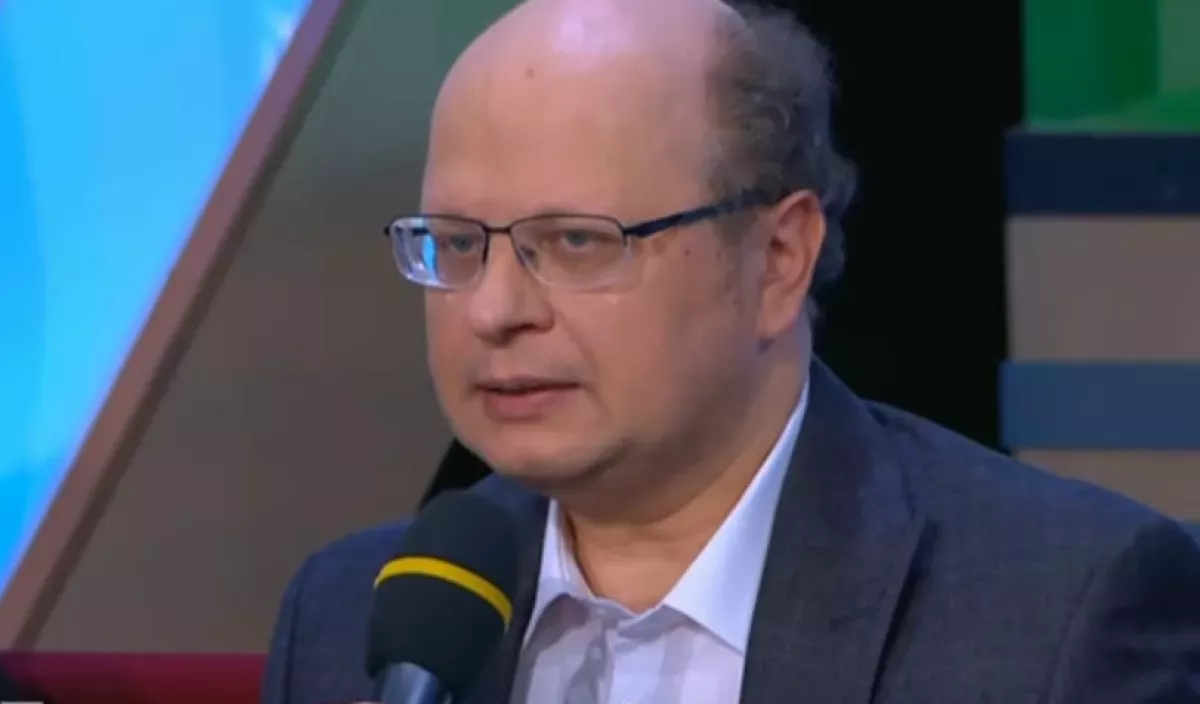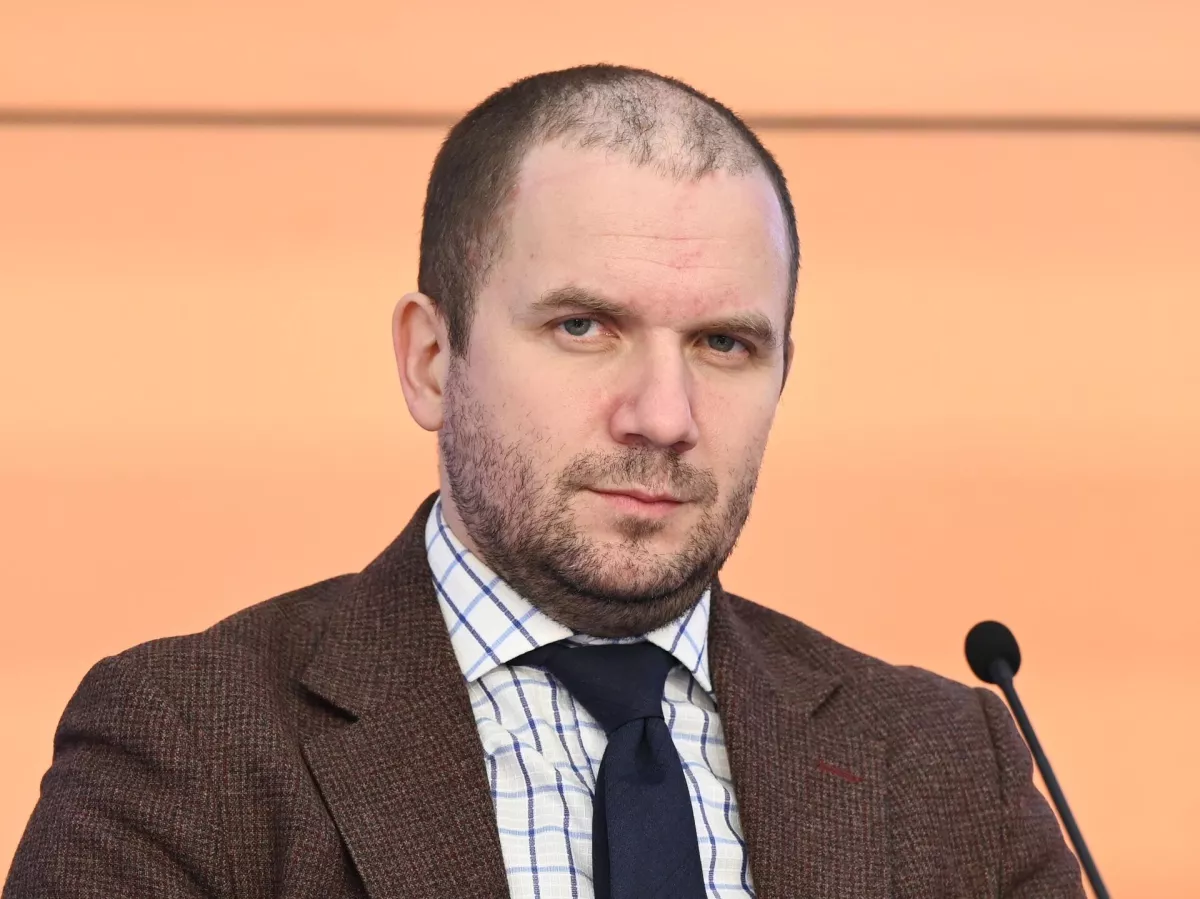Russia vs NATO: Who is testing whom? Experts weigh risks of direct confrontation
Russian MiG fighter jets recently caused a stir over the Baltic skies. Tallinn claims they violated Estonian airspace, while other incidents involving Russian aircraft in September have fuelled renewed concerns in the EU about a potential direct clash between NATO and Russia.
Several European politicians have urged a firm response to these provocations.
“We will respond to every provocation with determination while investing in a stronger Eastern flank. As threats escalate, so too will our pressure,” European Commission President Ursula von der Leyen declared, though she emphasised there is currently no danger of a third world war.
Meanwhile, Ukrainian politician Oleksiy Arestovych argued that a NATO–Russia confrontation remains possible, but warned it would prove “difficult” for both sides.
So how real is the prospect of direct military confrontation between NATO and Russia? How serious is the threat—and how is it viewed in Moscow? Caliber.Az put these questions to German and Russian political analysts.

German political analyst Yevgeny Kudryats noted that after the incidents in Estonian airspace, in Poland, and over the Baltic Sea—when Germany was forced to send two fighter jets to intercept a reconnaissance aircraft—Europe once again began discussing the threat of a Third World War and a NATO–Russia clash.
“Following these incidents, some European politicians seriously declared that Russian aircraft should be shot down. In particular, this was stated by Jürgen Hardt, the foreign policy spokesman for the CDU/CSU parliamentary group in the Bundestag. He said that repeated violations of NATO states’ airspace by Russian military aircraft must be met with a strong response, up to and including shooting them down over Alliance territory. Similar statements were made by Czech President Petr Pavel, UK Defence Secretary John Healey, several Baltic politicians, and Finnish President Alexander Stubb,” the expert stressed.
In his view, if something similar happens again in the near future, it will be quite reasonable to claim that Russia is deliberately provoking NATO countries into shooting down its aircraft or creating incidents that would endanger its fighters.
“Russia, as always, insists it has nothing to do with it, but if such an incident occurs, it could serve as a trigger for a direct clash between NATO and Russia. I hope it does not come to that, but there is a sense that Moscow is deliberately testing the Alliance’s resilience. Europe is prepared to respond to these challenges: for its part, NATO has launched the Eastern Sentry operation. Ten countries have already joined, and this is a direct response to threats from Russia. Whether it will prove successful, however, remains to be seen,” concluded Yevgeny Kudryats.

In turn, Russian political analyst Stanislav Pritchin, PhD in History and head of the Central Asia Sector at IMEMO RAS (Moscow), believes that EU countries—being the staunchest supporters of Ukraine in continuing the conflict and maximising its escalation—are unwilling to accept any negotiated conditions for resolving it. Such rhetoric, he argues, serves as a tool of pressure and helps shape a particular agenda within the EU.
“The situation with Russian drones raises a great many questions as well. If we look at how many drones entered, bearing in mind that they were without warheads and managed to reach the very centre of Poland, it becomes clear that this would have been impossible if they had been launched from Russia,” the expert said.
According to him, these facts cast serious doubt on the origin of these devices: “In other words, these were clearly drones that fell into Ukrainian hands, were restored, and then sent toward Poland to create the impression that Russia has some plans for escalating the conflict and expanding the war to include Poland—which, of course, Russia does not,” the political analyst stated.
He noted that the purpose of such actions is to create the impression of a so-called Russian threat for the European audience: “It is obvious that the goals of the special military operation are completely different, and not about escalation with the European Union.”
“In the same vein, one can view the escalation of tensions surrounding the Russian MiGs that were flying through neutral airspace in transit to the Kaliningrad region. The official position of the Russian Federation is precisely this—there were no ulterior motives. However, we see how easily the European Union’s information space can be manipulated: immediately and unequivocally, the question was raised that Russia intends to use military equipment to strike the Baltic states or other countries. This, of course, lies entirely outside the goals and tasks set before the Armed Forces of the Russian Federation,” the expert said.
He stressed that such accusations do not correspond to the actual tasks of the Russian Armed Forces and are often exaggerated in the media.
“I believe that, for the most part, this is hysteria and escalation on the part of the European Union, aimed at creating an information picture for their societies and electorates—that Russia wants to attack the EU and poses a real threat. This way, they justify spending vast amounts of budget funds on purchasing weapons for Ukraine instead of addressing their own socio-economic issues. Thus, the main goal of this entire campaign is to mobilise budgets and public opinion within EU countries while distracting attention from internal problems,” Pritchin concluded.








